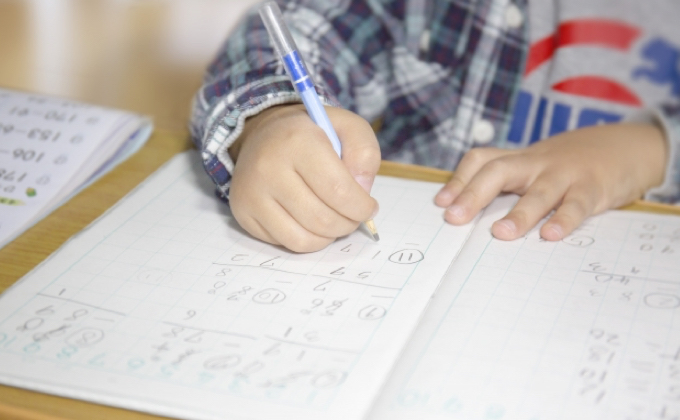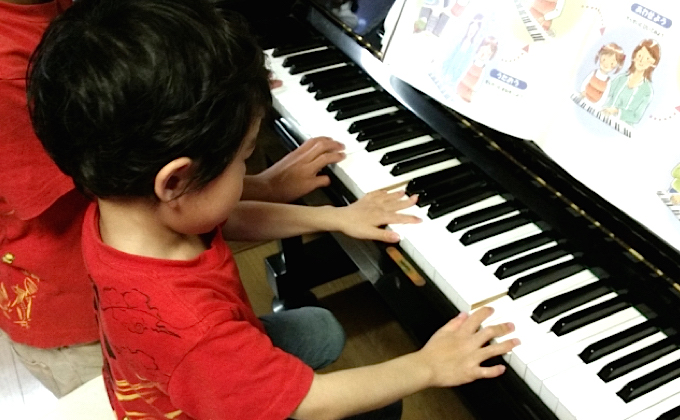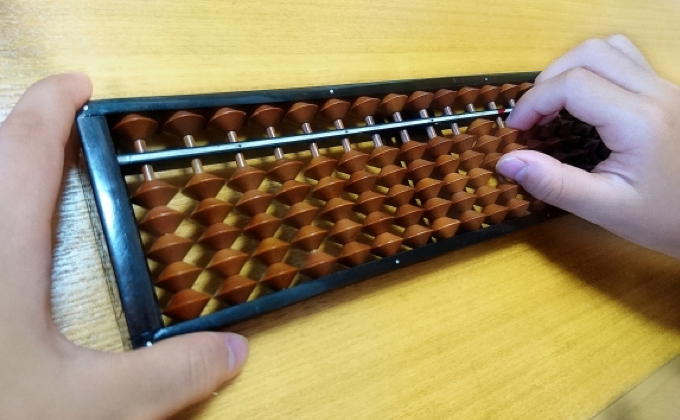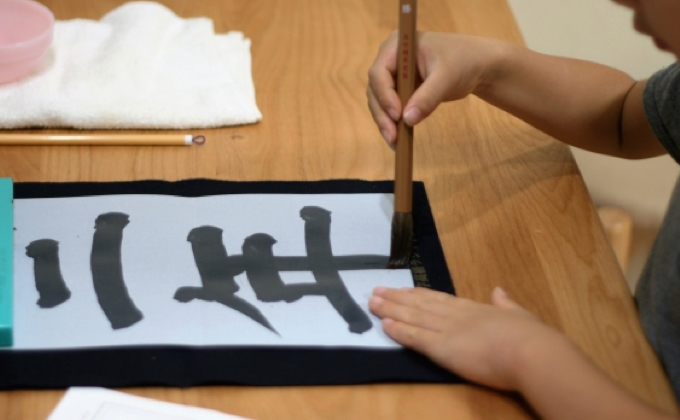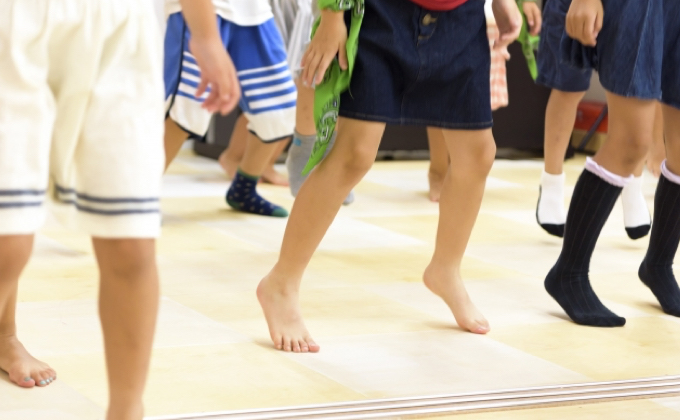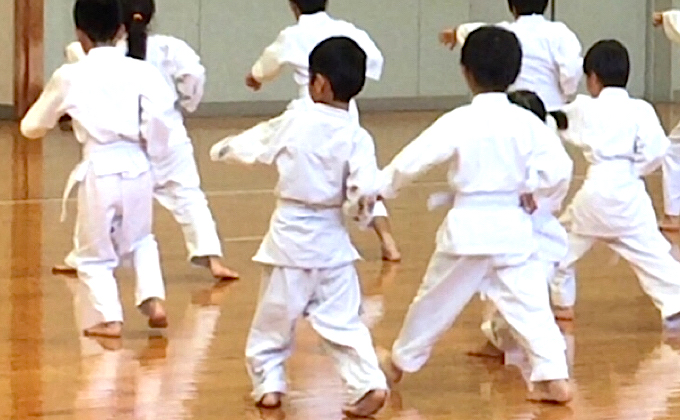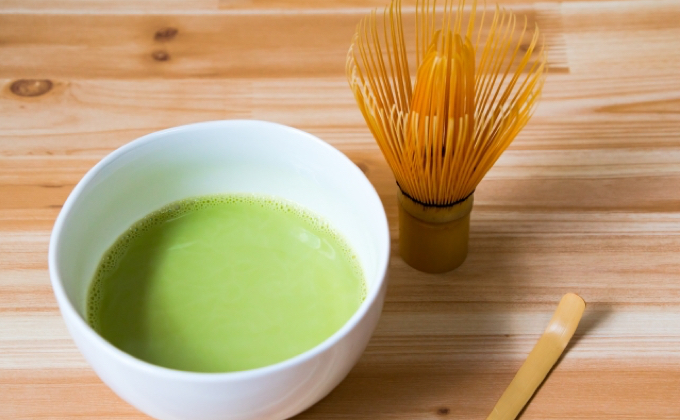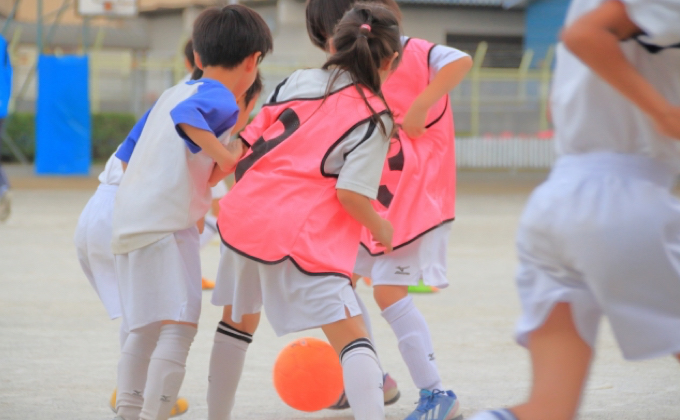TRG Info and Advice
Extracurricular Activities in Japan
Many modern Japanese parents bend over backwards for their kids. Whether it’s special boxed lunches, weekend ski trips, or yearly excursions to Tokyo Disneyland and Universal Studios in Osaka, children in Japan are the apples of their parents’, grandparents’, and sometimes even great-grandparents’, eyes.
Why this is so? A declining population for a variety of reasons, including decreased job stability resulting in a drop in the number of marriages, means fewer kids, so the ones who are around are pampered and cherished. Raising kids in Japan is expensive, too, so with high unemployment levels and unstable jobs, many couples are choosing to have just one or two kids, and give them everything.
One area where parents really go all-out for their children is extracurricular activities. From piano lessons to calligraphy classes, Japanese kids are encouraged to fill their afterschool and weekend hours with cultural and educational experiences.
There is a saying in Japanese: Ishi no ue ni mo san nen, which means to sit on a rock for three years. Essentially, the message is perseverance and the idea that things will get better, easier, and more comfortable with time. This proverb perfectly describes the patient attitude Japanese parents seem to take with their kids and learning. Whereas, in the States, kids are allowed to give-up something they are not enjoying 100%, in Japan, even if the child does not like the lessons sometimes, most parents will encourage him or her to continue for a “just a little longer.”
Cram Schools
Pressure to pass difficult entrance exams for both high schools and universities have Japanese students shaking in their boots, so many parents pay thousands of dollars a year for lessons, texts and other materials, usually starting in elementary school. Cram schools in rural areas are often located a convenient distance from schools, so students can walk there directly after, sometimes several days a week. This has the added bonus of eliminating the need for afterschool care, and offers an enriching alternative to being a latchkey kid. City kids who are familiar with buses and trains can also travel to cram schools on their own. Parents who want to send their children to prestigious private elementary schools may enter a child in cram school from as early as three years old!
Piano/Music Lesson
Costs vary from teacher to teacher, but many Japanese kids take lessons starting as young as three years old, not only piano but violin, drums and guitar, as well as traditional Japanese instruments like the bamboo flute and stringed-shamisen. From classical to modern, music is a much-revered art form in Japan, with many claims that link musical agility and intelligence. Some people also identify a relationship between musical ability and fluency with foreign languages. Hearing the intonations and cadence of a language, and the ability to mimic pronunciation are skills similar to those honed in musical instruction, or found in people with natural musical talent.
Soroban Schools
The Japanese abacus, or soroban, is still promoted as a way to improve mathematical skills. Special schools set up specifically for developing soroban skills provide frequent evaluations to determine the student’s kyu or dan (level of mastery). This opportunity is motivating because kids can then brag about what level they have achieved.
English Conversation Schools
English is introduced in Japanese elementary schools in fifth and sixth grade, then formally taught as a subject throughout junior high and high school for a total of eight years of instruction. Until recently, lessons focused on reading and writing, but the percentage of people who can actually speak the language remains very low, so an emphasis on conversational skills is being promoted lately. As a result, many parents are anxious to expose their children to English at a young age. English language schools run by Japanese teachers are common and enjoy popularity. Other options are private lessons from native English speakers living in Japan. Language schools run by native speakers have some potential bonuses like rubbing elbows with foreigners, getting kids used to non-Japanese faces, and gaining cultural awareness alongside of speaking skills.
Calligraphy lessons
Calligraphy is an art form that requires years of practice. As a way to express intelligence, humor and sensitivity, calligraphy can be a creative outlet for the normally subdued individual. From third grade, calligraphy is taught as a subject and elementary schoolers are required to purchase (or inherit from an older sibling) a complete calligraphy kit. Shortly after the winter break, many schools arrange calligraphy writing contests which have the entire student body on their knees and covered in liquid charcoal ink. Appreciating others’ work is expected, and many secretly hope to have their own writing admired. City, district and state-wide contests are also held on a regular basis, with winners being presented with certificates and featured in newspapers.
Dance lessons
From traditional Japanese dances with kimonos, fans and paper umbrellas, to ultra-modern, stomach-baring hip hop moves, dance schools are popular in Japan. Some places offer a variety of classes, others focus on one type of discipline. Recitals can be a costly combination of costumes, shoes, and venue fees, however, as participants and their families are often held responsible for the selling of tickets, leaving those with minimal peddling skills absorbing the cost of any unsold seats.
Japanese martial art lessons
From karate to kendo, Japan is renowned for its martial arts. Full and long-term commitment to the study of one or more is common, even without plans to go professional. Frequent tournaments and exams provide opportunities to test skills and advance to successively higher levels. Japanese martial art senseis (teachers) are feared and admired, as they demand not only physical agility, but also strive to instill cultural aspects like self-control and respect for one’s elders, life-long lessons for success.
Tea-ceremony
Similar to martial arts, tea ceremony’s strictly predetermined movements inspire self-control and humility, with the added goal of hospitality. The study of tea ceremony is ancient and has several branches, from extremely formal to more casual. Parents and grandparents who believe in this wholly Japanese art, which often includes flower arranging and the wearing of kimonos, will encourage their offspring to take on the challenge.
Sports Clubs
Though the current most popular sport may be directly linked to whatever manga is number one at the time, baseball, basketball, tennis, soccer, swimming, or volleyball, Japan has it all! Westerners may be surprised at the dedication and vigor with which Japanese kids (and their parents!) pursue excellence in sports. Most clubs require parental involvement, including a “key-master” rotation where the designated parent must retrieve the key for whatever community facilities are being used, open the gym, gate, equipment shed, etc. and see that everything is returned to its proper place after practice. In preparation for the intense sports club participation often seen at the junior high and high school levels, many kids start learning a specific sport in elementary school or younger.
Some people may argue that kids have no time to play, but in today’s competitive society, these chances to develop a variety of skills may be just the edge our children need to succeed. And, regardless of the task at hand, kids will be kids, infusing their special joy and energy into whatever they do.
Want to know more? Click here for a collection of articles on everything Japanese.







